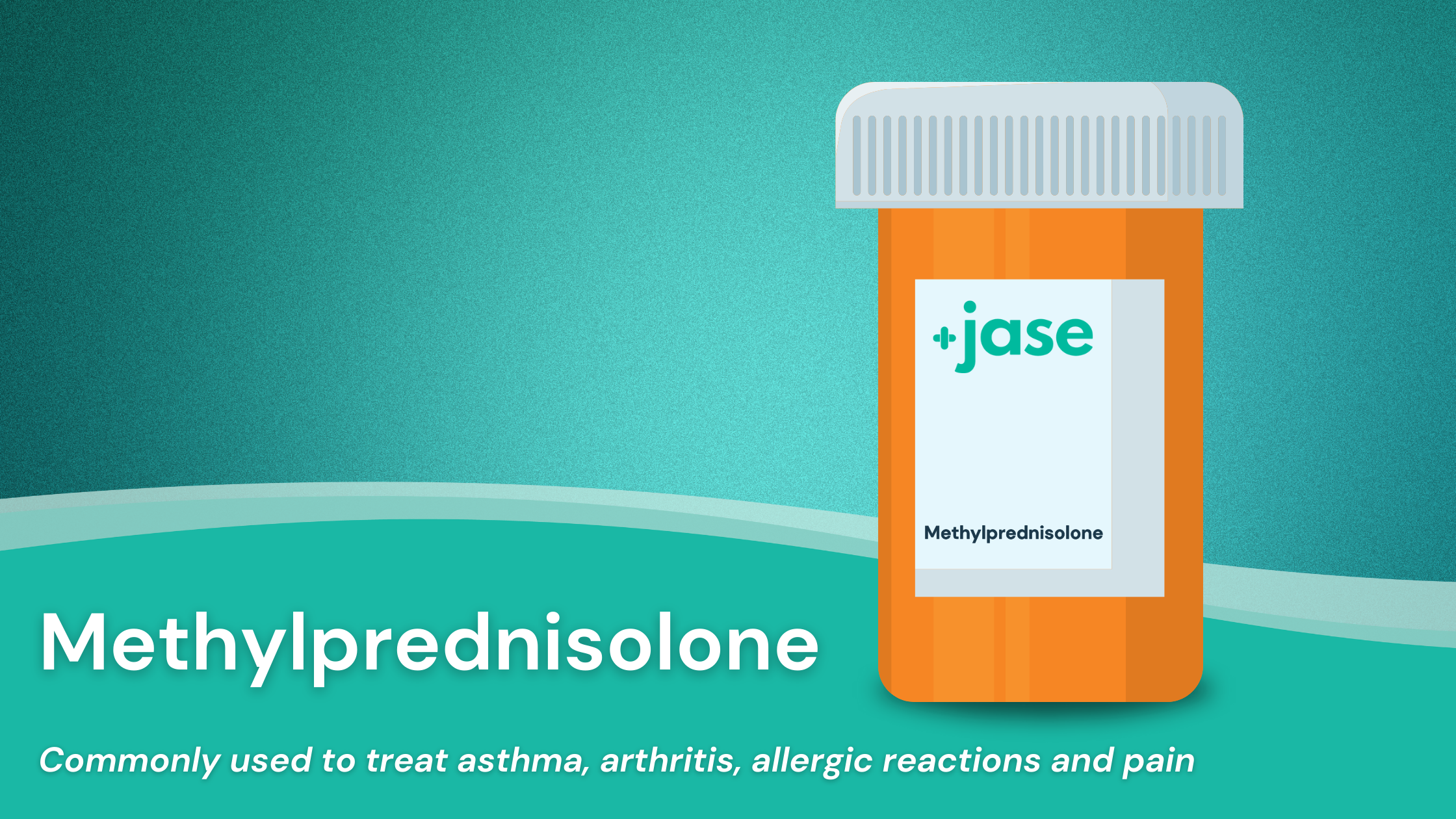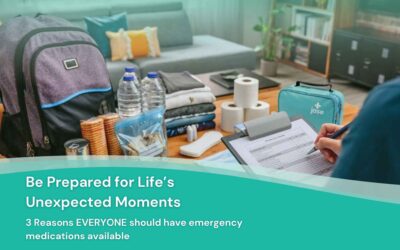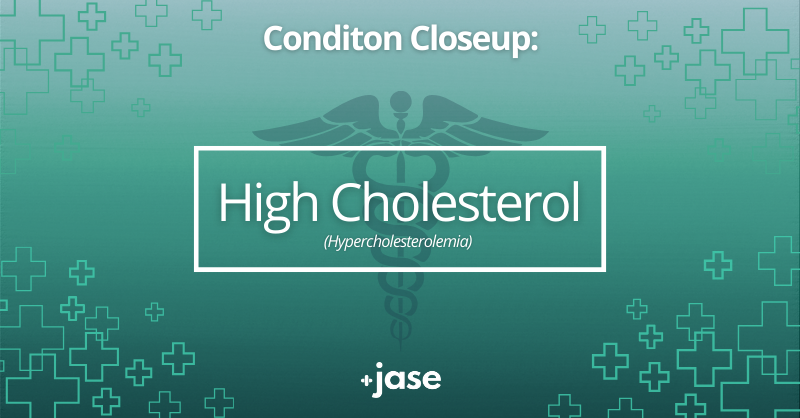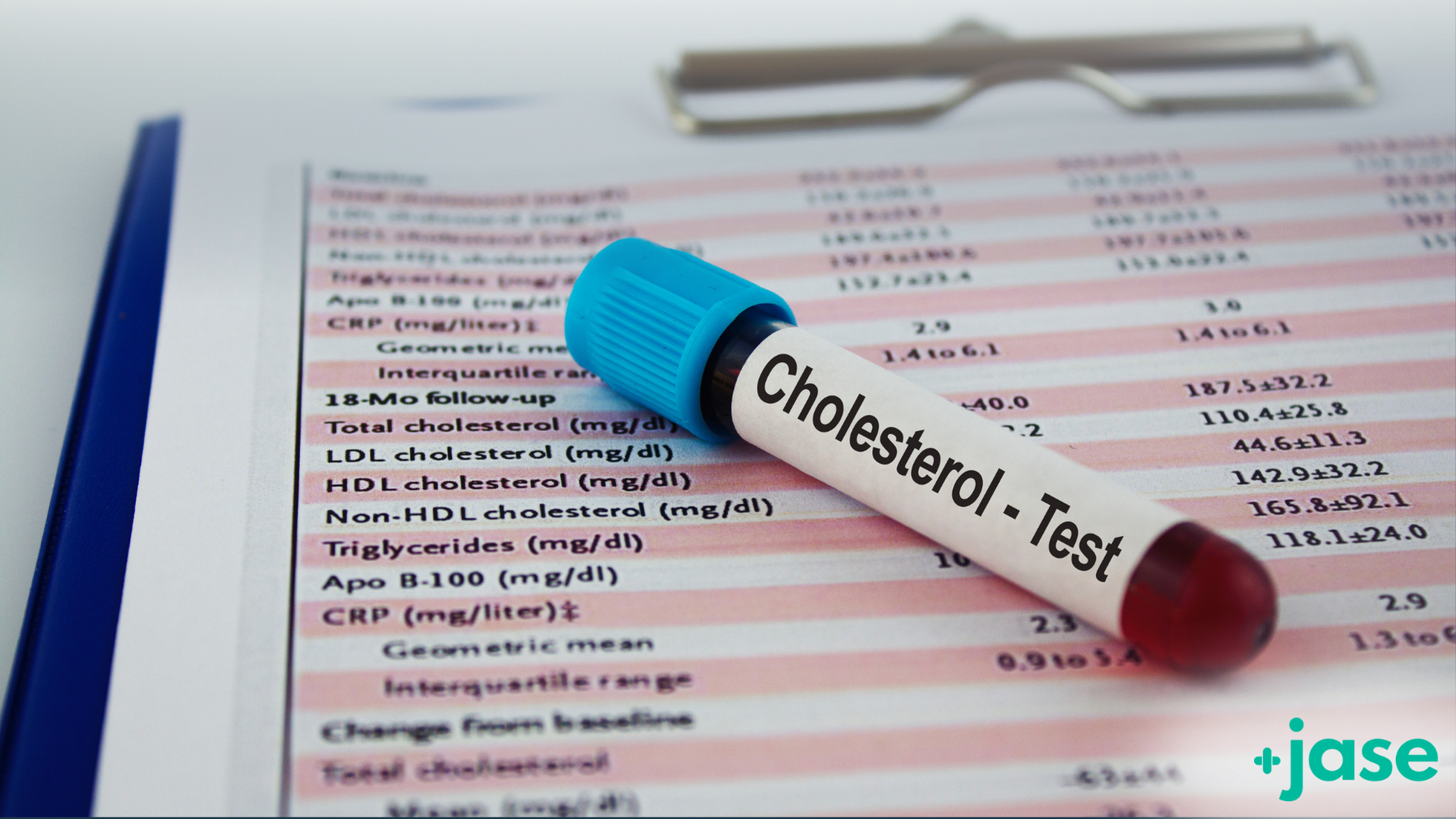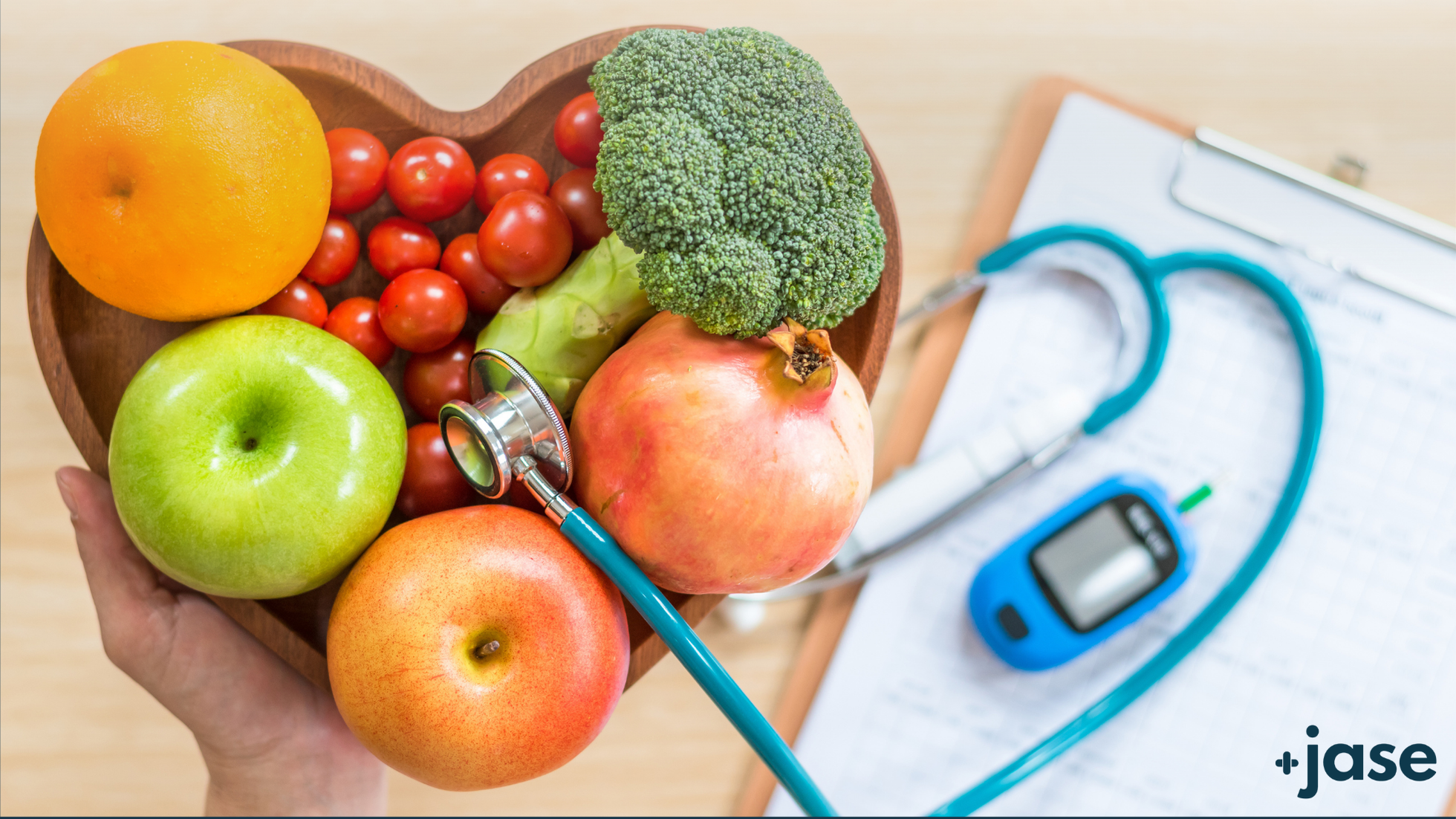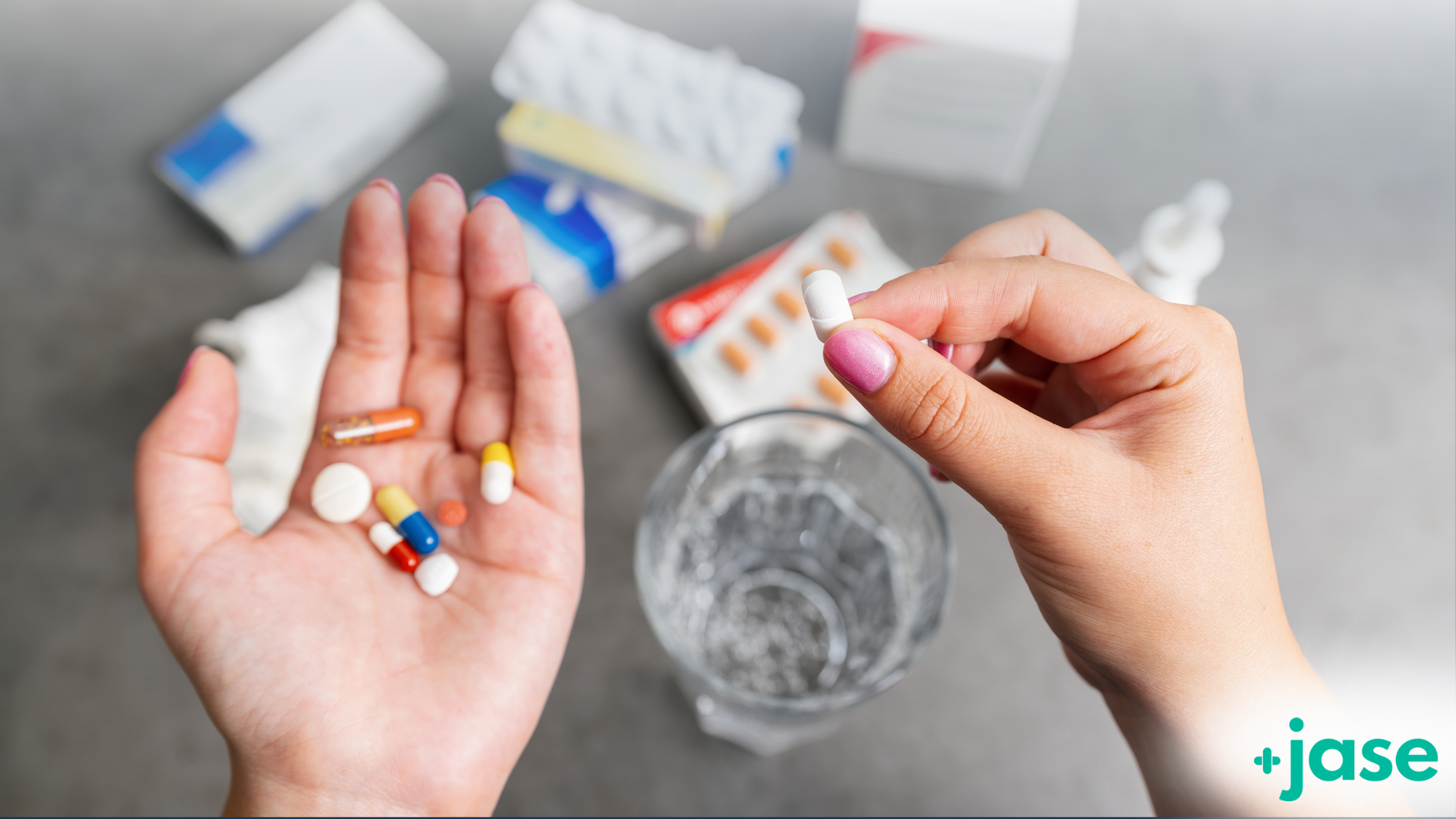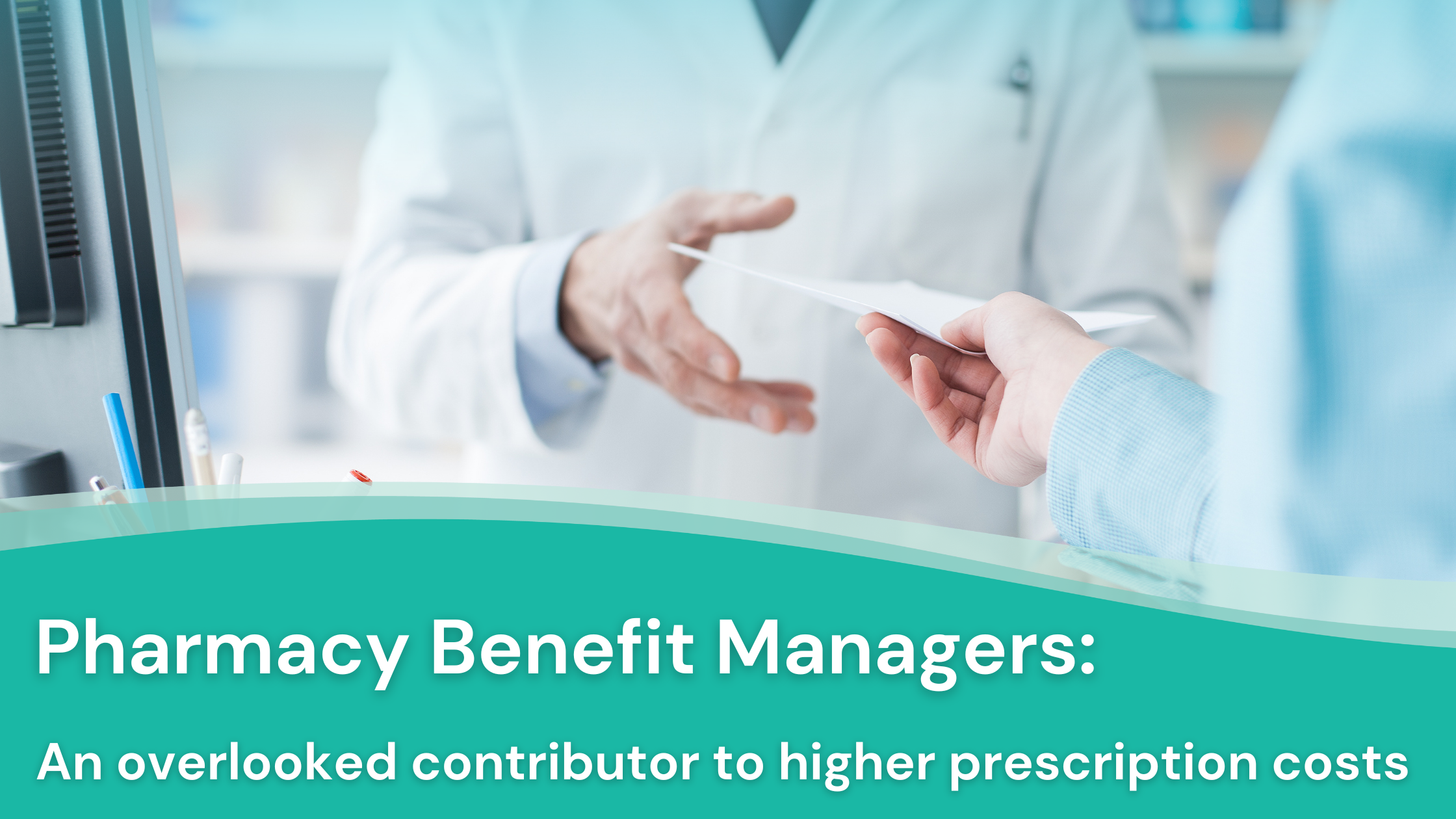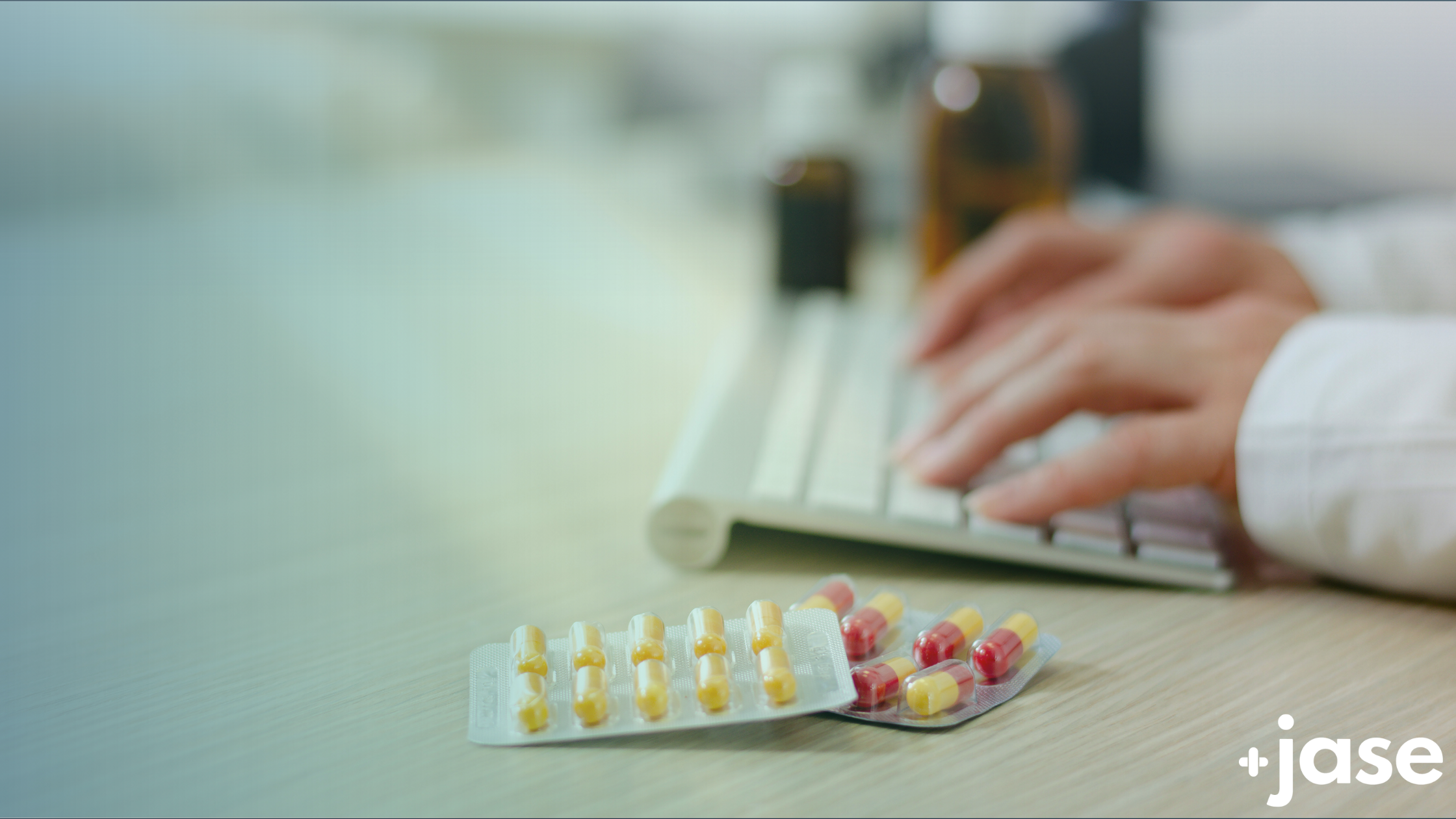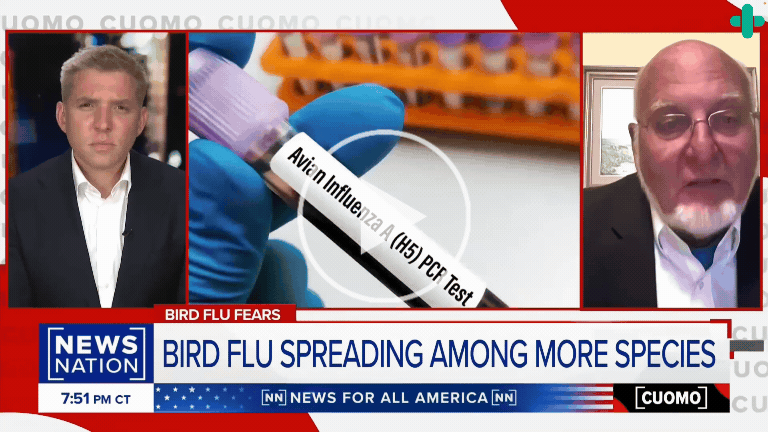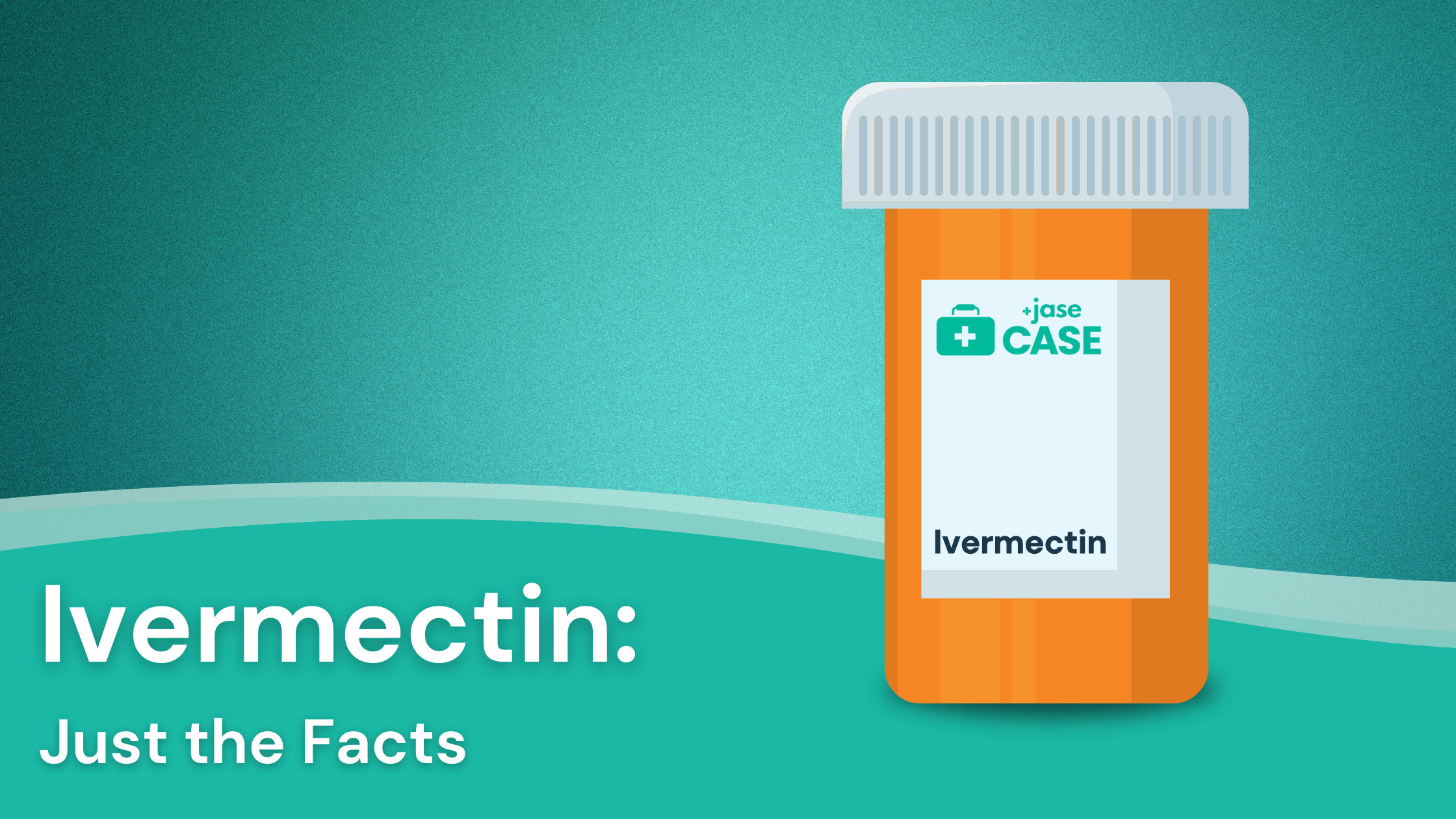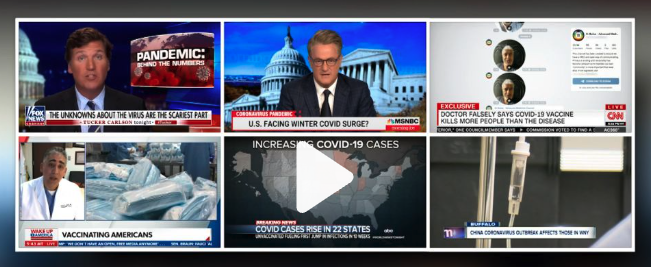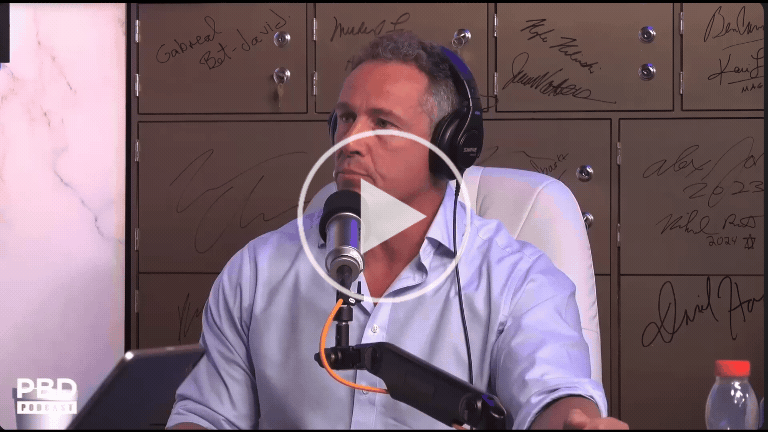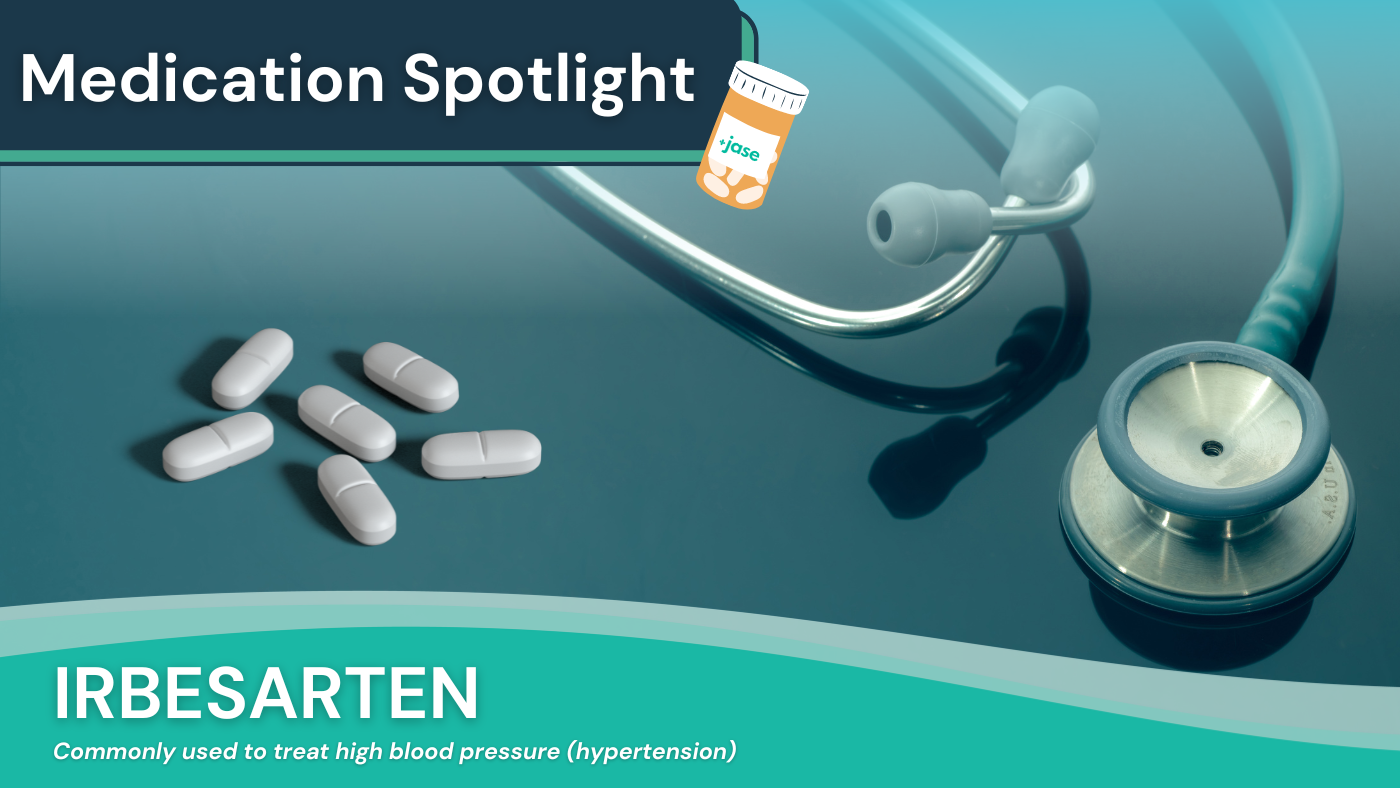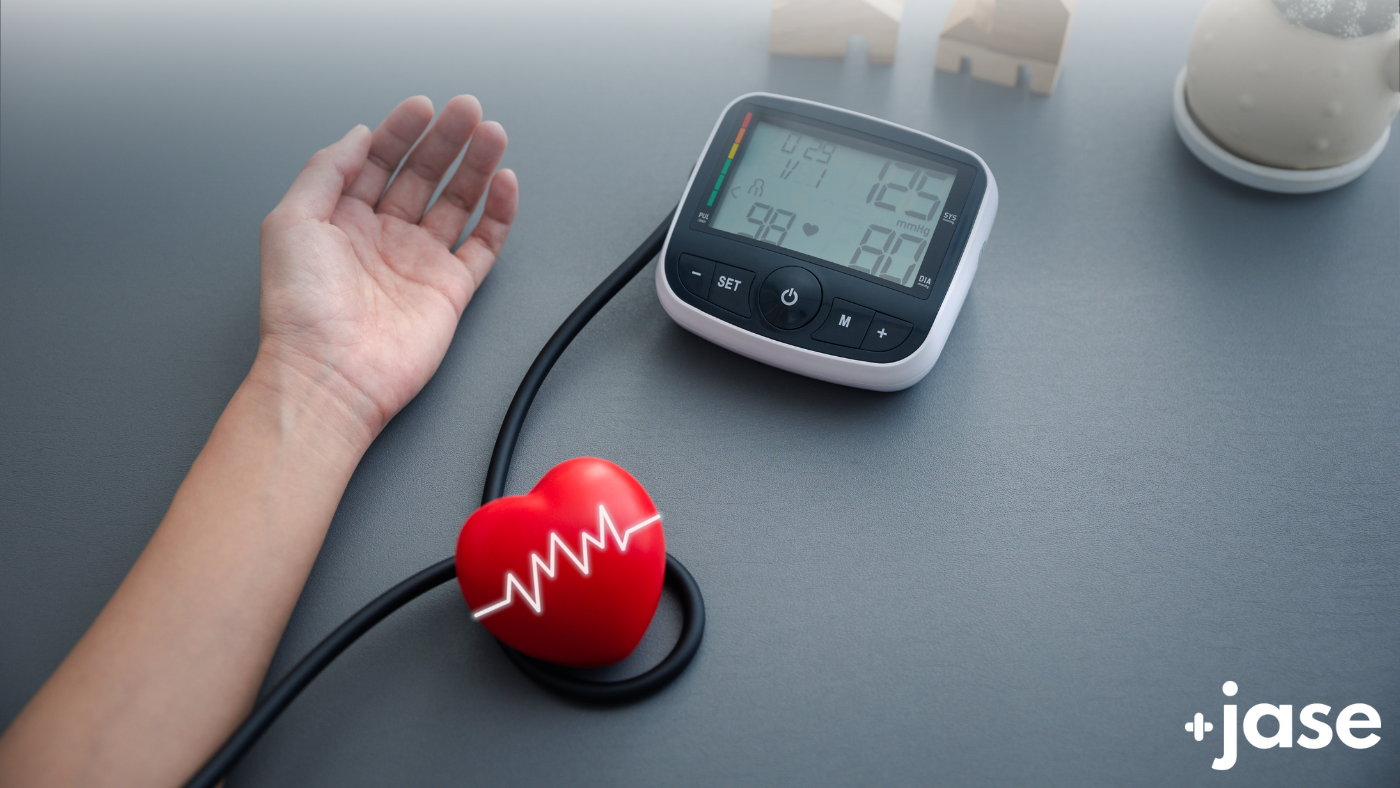Exploring Dr. William Makis’ Hybrid Orthomolecular Cancer Protocol: Focus on Ivermectin and Mebendazole/Fenbendazole *Disclaimer: This article is for educational purposes and does not constitute medical advice. Always seek professional guidance.* In the evolving...
Medication Spotlight: Methylprednisolone
From asthma to allergic reactions, to arthritis, Methylprednisolone is a highly effective corticosteroid.
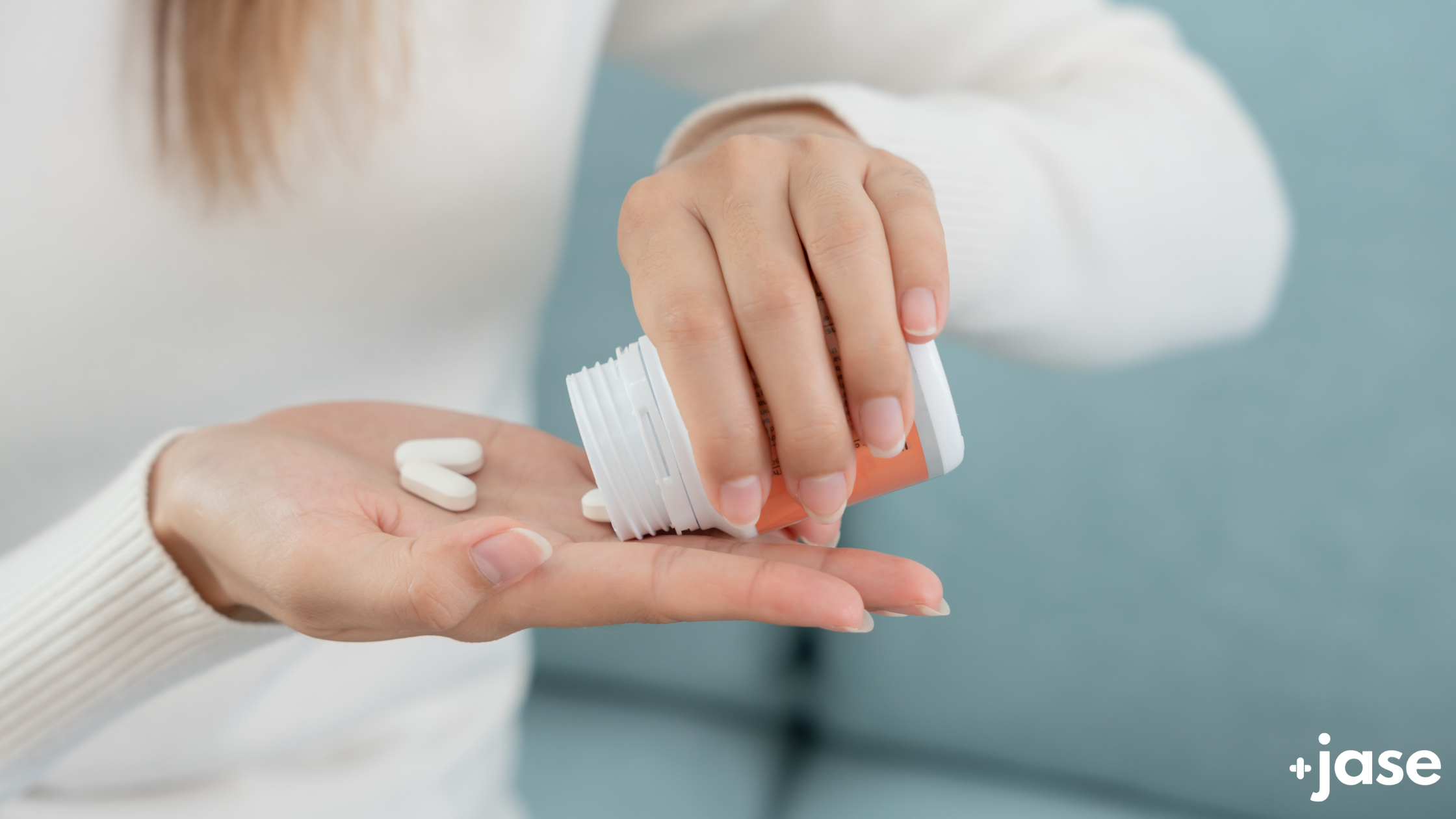
What is Methylprednisolone?
Methylprednisolone (Medrol Dosepak™) is a versatile corticosteroid medication widely used to treat a variety of inflammatory and autoimmune conditions, including asthma, arthritis, severe allergic reactions, and skin disorders. Its effectiveness comes from its ability to reduce inflammation and suppress the immune system, providing quick relief from symptoms like swelling, redness, itching and pain.
This medication has been a cornerstone in medical treatment for decades, trusted by healthcare professionals for its potent anti-inflammatory properties. By mimicking cortisol, a hormone naturally produced by the adrenal glands, methylprednisolone helps regulate inflammation and immune response, making it invaluable in managing acute conditions.
| There are over 3 million prescriptions for Methylprednisolone in the U.S. annually |
However, it’s important to note that methylprednisolone can suppress the body’s immune system, potentially reducing its ability to fight infections. Patients should avoid exposure to infections and promptly report any signs of illness to their healthcare provider. Additionally, methylprednisolone should never be taken concurrently with other anti-inflammatory drugs unless specifically directed by a healthcare professional, as this can increase the risk of side effects and complications.
Methylprednisolone is particularly effective in treating asthma, where it reduces airway inflammation, and in autoimmune diseases like lupus and multiple sclerosis, where it helps control overactive immune responses. It is also commonly used in managing severe allergic reactions and skin conditions like eczema and psoriasis, offering significant relief from discomfort and improving the quality of life for patients.
While highly effective, methylprednisolone can cause side effects, particularly with long-term use. Common short-term side effects include increased appetite, weight gain, and mood swings, while prolonged use may lead to osteoporosis, muscle weakness, and an increased risk of infections. Despite these potential drawbacks, its benefits in managing chronic and acute conditions make it a valuable option for many patients.
Overall, methylprednisolone remains a trusted and essential medication in the management of a wide range of health issues, providing substantial therapeutic benefits and improving the lives of those affected by inflammatory and autoimmune diseases.
Methylprednisolone is one of over 25 different medications available as add-ons in our Jase Case.
Check here for a full list of available medications.
Lifesaving Medications
Recent Posts
Keeping you informed and safe.
Exploring Dr. William Makis’ Hybrid Orthomolecular Cancer Protocol: Focus on Ivermectin and Mebendazole/Fenbendazole
Be Prepared for Life’s Unexpected Moments
3 Reasons EVERYONE should have emergency medications avaiable. It's all about access—access to medications and care when you need it most. And when things happen outside of your control that access can disappear.Below are 3 examples of how easily this access can be...
Youth Preparedness: Teaching, Building, and Coping with Disasters
Educating and preparing your children ahead of time means fewer surprises in the event of an emergency.Growing Up Prepared: Empowering Youth in Disaster Preparedness As we observe National Preparedness Month, it's crucial to remember that disasters can strike at any...
Low-Cost and No-Cost Emergency Preparedness Measures
Small steps today, mean a safer tomorrow for you and your loved ones.Low-Cost and No-Cost Emergency Preparedness So far in our series for National Preparedness Month this September, we've already covered How to Make an Emergency Plan for Your Household and How to...

